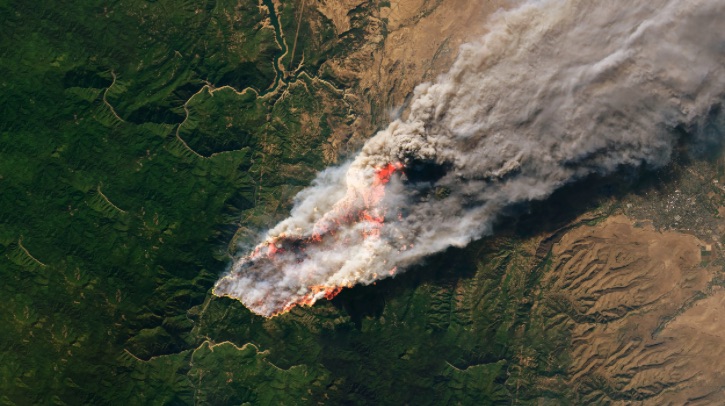The Australian Bureau of Meteorology has published the preliminary summary of the country’s 2024 climate information. According to the data, 2024 was Australia’s second-warmest year since national records began in 1910, with the national mean temperature 1.46 °C warmer than the 1961–1990 average.
The full Annual Climate Statement for 2024 , which will be released in early February, is the official record of climate conditions across Australia in 2024. It includes information on temperature, rainfall, water resources, oceans, atmosphere and significant weather events.
Australia’s 2024 temperature data
The national mean maximum temperature was 1.48°C above average, the fourth warmest since national records began in 1910, and the national mean minimum temperature was 1.43°C above average, and the warmest since national records began in 1910.
Warmth was persistent throughout the year. Nationally, summer 2023–24 was the third warmest on record, winter was the second warmest on record and spring was the warmest on record. Low- to severe-intensity heatwave conditions also affected large parts of Australia during early 2024 and from September to December.
The State of the Climate 2024 report found that Australia’s climate has warmed by an average of 1.51°C (±0.23°C) since national records began in 1910. The warming in Australia is consistent with global trends, with the degree of warming similar to the overall average across the world’s land areas.
Average rainfall recorded
Nationally averaged rainfall in 2024 was 28% above the 1961–1990 average at 594.0mm, making it the eighth wettest year since national records began in 1900.
Rainfall was above average for the Northern Territory, northern and inland areas of Western Australia, large parts of Queensland, northern and inland areas of New South Wales and western and northeastern parts of South Australia.
Rainfall across northern Australia as a whole (north of 26°S) was 42% above the 1961–1990 average, making it the fifth-wettest year since national records began in 1900 and the wettest since 2011.
Rainfall was below average for parts of northwest and southwest Western Australia, southern areas of South Australia, most of Victoria, western and southern areas of Tasmania, southeastern New South Wales and parts of Queensland’s central interior and central coast.
Surface water storage levels declined across southern parts of the country, including in the Murray–Darling Basin, due to dry conditions and low inflows. However, Australia’s total surface water storage remained high at the end of the year, at 72.9% of accessible capacity.
In related news, the Australian Bureau of Meteorology’s Karratha dual-polarized Doppler radar recently went live and began providing images. The Karratha radar is expected to provide better image resolution and visibility of weather systems and less image interference than the temporary radar at Dampier. Click here to read the full story.



